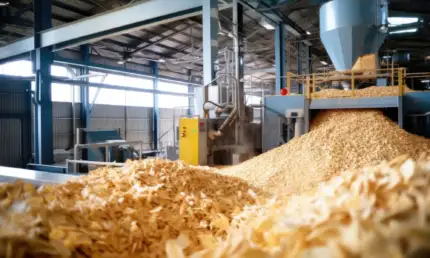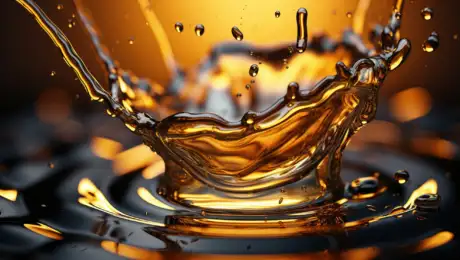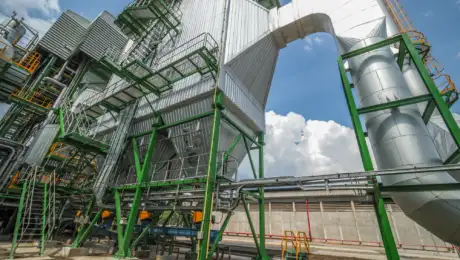
Determining if your dust or powder is combustible is the first step to a robust safety culture
A "yes/no" test for combustible dust, often referred to as a "combustibility test," serves the primary purpose of determining whether a particular dust or powder is combustible or not. This test is vital for assessing the fire and explosion hazards associated with fine particulate materials and is typically a fundamental step in dust safety evaluations.
The outcomes of a "yes/no" combustibility test is a fundamental step in dust safety management. It provides critical information that informs safety practices, ensures regulatory compliance, and mitigates the risks associated with fine particulate materials in various industrial settings.

Method
During the test, we disperse varying amounts of the dust sample under examination within a specialized 20-litre explosion apparatus, effectively generating dust clouds with differing concentrations.
Subsequently, these carefully prepared dust clouds are subjected to the application of a 2kJ ignition source, typically utilising chemical igniters.
The objective is to observe the response of these dust clouds to the ignition source and determine whether they exhibit explosive behaviour or not (yes/no), thus providing vital insights into the potential fire and explosion risks associated with its handling and processing.
FAQs
-
1What standards do Gexcon perform explosibility testing to?
Gexcon performs the explosibility test according to EN 80079-20-2 “Explosive atmospheres – Part 20-2: Material Characteristics – Combustible dust test methods” and the Kühner AG: “Operating Instructions 20-l-Apparatus“, Ver. 7.1.
-
2What are the benefits of conducting the yes/no test?
If the result shows that the product is combustible, you can take necessary preventive and mitigation measures to avoid the occurrence of devastating incidents.
To ensure that you are not under-/ overpredicting the necessary measures, additional tests can be performed to better understand your product’s ignition and explosion properties.
-
3How do I know if my dust is combustible?
The combustibility of dust is influenced by several factors, and it's essential to conduct testing and follow recognised standards to make an accurate assessment.
You can review Material Safety Data Sheets (MSDS) and labels to review information about the combustibility or flammability of the materials and their dust.
-
4What if I don't have access to the MSDS or other relevant information?
If the MSDS or previous risk assessments are not available then we would recommend you have the Yes/No test performed.
-
5What precautions should I take if my dust is combustible?
The test results guide the implementation of appropriate safety measures for handling and processing the dust. This includes measures such as dust collection, ventilation, and grounding to prevent static electricity.





